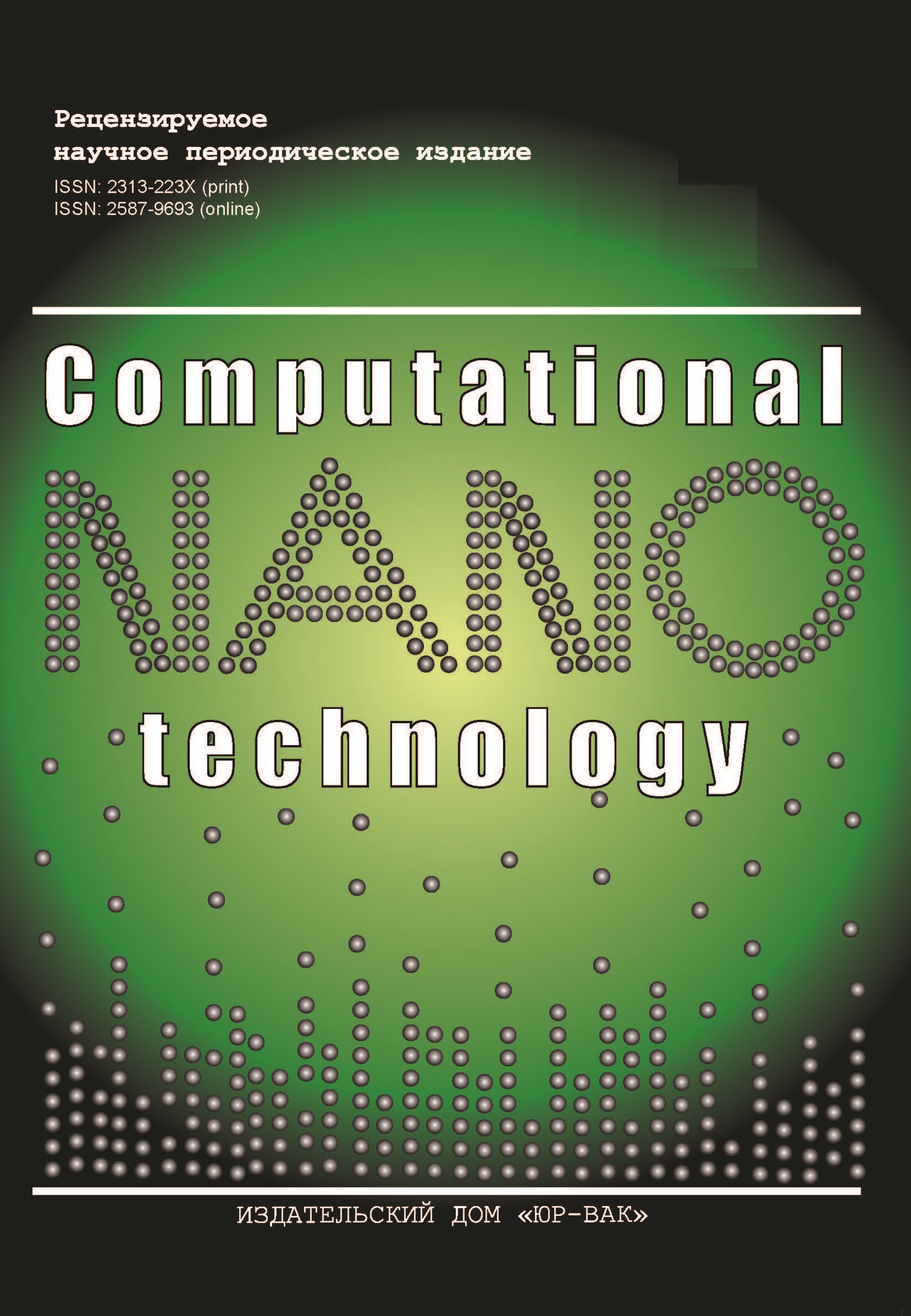4-Variable Boolean Functions Representations Classification in the Form of Nonlinearity Minimal Degree Separating Surfaces
- Authors: Lapikov I.I.1, Nikonov V.G.2, Kasyanenko K.V.3
-
Affiliations:
- MIREA - Russian Technological University
- Russian Academy of Natural Sciences
- S.M.Kirov Military Medical Academy
- Issue: Vol 9, No 1 (2022)
- Pages: 56-92
- Section: Articles
- URL: https://journals.eco-vector.com/2313-223X/article/view/529859
- DOI: https://doi.org/10.33693/2313-223X-2022-9-1-56-92
- ID: 529859
Cite item
Abstract
Full Text
About the authors
Igor I. Lapikov
MIREA - Russian Technological University
Email: lapikov.i.i@yandex.ru
Cand. Sci. (Eng.); аssociate professor at the Cybersecurity and Digital Technologies Institute of the Russian Technological Moscow, Russian Federation
Vladimir G. Nikonov
Russian Academy of Natural Sciences
Email: nikonovu@yandex.ru
Dr. Sci. (Eng.), Professor, Member at the Presidium of the Russian Academy of Natural Sciences Moscow, Russian Federation
Kristina V. Kasyanenko
S.M.Kirov Military Medical Academy
Email: dr.snegur@gmail.com
lecturer Saint-Petersburg, Russian Federation
References
- Balakin G.V., Nikonov V.G. Methods of reducing Boolean equations to systems of threshold relations. Review of the appl. Industrial. Math. 1994. Vol. 1. No. 3. Pp. 389-401. (In Rus.)
- Ivanescu P.L., Rudeanu S. Boolean methods in operator research and related areas. Berlin; Heidelberg; New York: Springer Verlag, 1968. 331 p.
- Khachiyan L.G. Polynomial algorithms in linear programming. ZHVMIMF. 1980. Vol. 20. No. 1. Pp. 51-68. (In Rus.)
- Lapikov I.I. On the possibility of constructing a spatial decomposition algorithm based on geometric parallelization of an adaptive ellipsoid algorithm. Computational Nanotechnology. 2018. No. 1. Pp. 140-145. (In Rus.)
- Harisson M.A. Introduction to switching and automata theory. NY: McGraw-Hill, 1964. 499 p.
- Ninomiya I. A study of the structures of Boolean functions and its application to the synthesis of switching circuits // Mem. Faculty Engineering, Nagoya Univ. 1961. Vol. 13. No. 2. Pp. 149-363.
- Nikonov V.G. Classification of minimal basic representations of all Boolean functions from four variables. Review of the Appl. Industrial. Math. 1994. Vol. 1. No. 3. Pp. 458-545. (In Rus.)
Supplementary files









